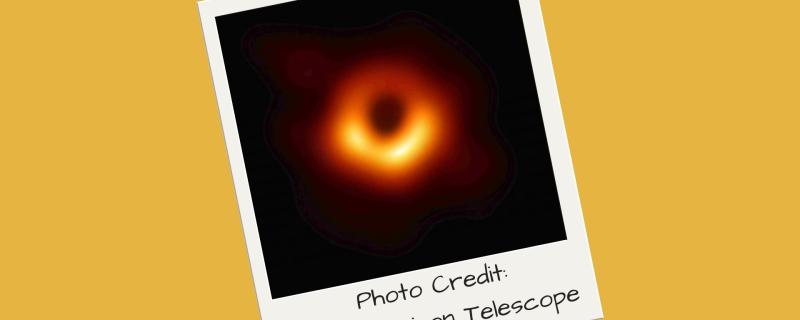How do stars and star clusters influence their neighbourhood? How does the birth of stars affect their neighbours? let us start with the birth of a star. It begins with gasses, mostly hydrogen, accumulating under gravity until it gets hot and dense enough to start nuclear fusion, where the lighter Hydrogen atoms merge to form heavier helium atoms, with an enormous outburst of energy. This energy moves in the form of a shockwave, pushing all the excess gas away from the newborn star. For a million years after its birth, high energy radiation from the star continues to push the surrounding gas away. From here the picture gets a little murky as we hadn’t quite understood what happened around a star or a cluster of stars, after the million year mark. Now a new study by researchers from Raman Research Institute (RRI), the Indian Institute of Science (IISc) and P.N Lebedev Physical Institute, Moscow, Russia could throw more light on this issue. They have successfully developed a model to simulate the interaction of a star cluster with its surroundings. The model was then tested for accuracy by comparing it with observations from Tarantula Nebula, a nearby star cluster, where the observations matched closely to the predictions made by the model. Maybe now we can better understand the processes that guide the formation of stars, nebulae and galaxies!

![The highest resolution image of the Sun’s surface, showing granular structures, the top of convection cells in the solar plasma. [Image credits: NSO/AURA/NSF] Observations of the Sun’s surface defy present understanding of its interiors](/sites/researchmatters/files/styles/large_front_800x320/public/solar_23jul.jpg?itok=zo426ELR)
